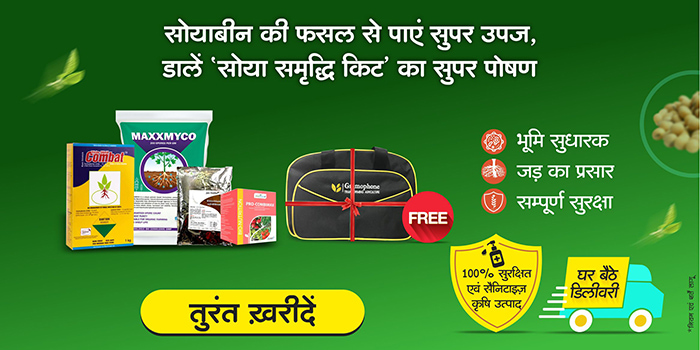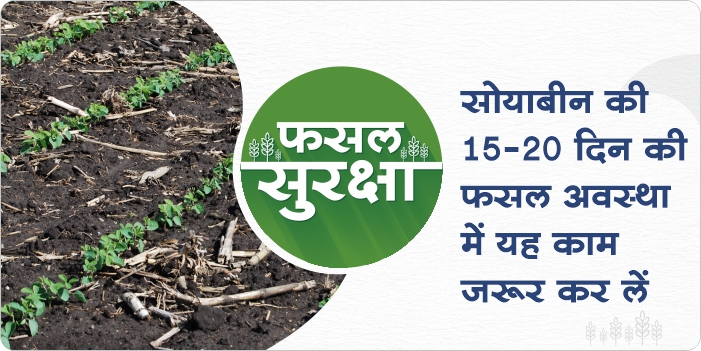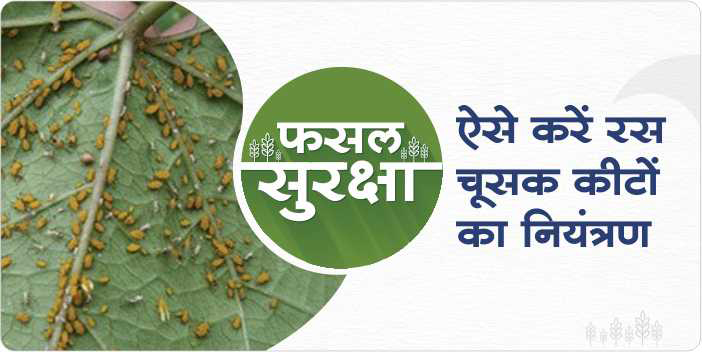-
The tomato crop is sown in the nursery and the healthy seedlings are uprooted from the nursery and transplanted into the main field.
-
Tomato seedlings are ready for transplanting after 20 to 30 days of sowing. Suitable time for transplanting is from mid-June to mid-July. Before transplanting, light irrigation should be given in the nursery, by doing this the root of the plant does not break, the growth is good and the plant is easily removed from the ground. After removing the plant from the ground, it should not be kept in direct sunlight.
-
After removing tomato seedlings from the nursery, it is very important to treat the seedlings before planting them in the field. Therefore, for good root development, make a solution at the rate of 5 grams of Mycorrhiza per liter. Keep the quantity of water as required. Soak the roots of tomato seedlings in this solution for 10 minutes. After adopting this process, the seedlings should be transplanted in the field.
-
Treatment with mycorrhiza facilitates the absorption of nutrients. Helps in good growth of tomato seedlings after transplanting in the field.
-
Increases white root development. Helps plants absorb nutrients and enhances the process of photosynthesis. Helps a lot in protecting tomato crop from environmental stress.
ShareWith the sowing of the crop, connect your farm with the My Farm section of Gramophone app and keep on getting the exact advice and solutions related to smart agriculture throughout the crop cycle. Share this article with your friends with the share button below.











